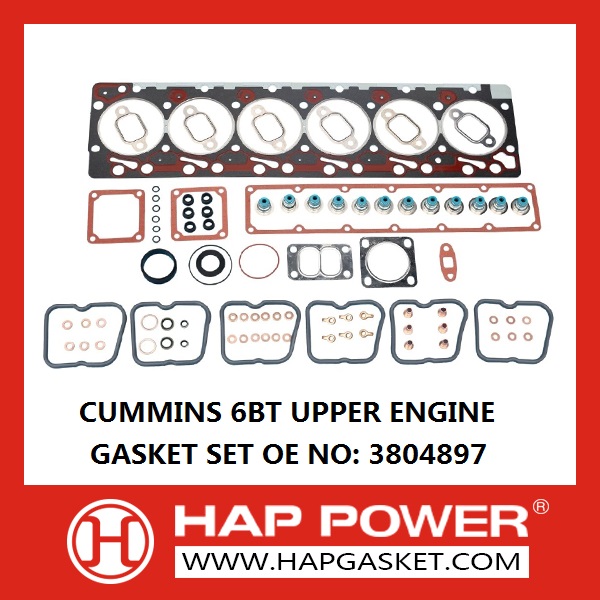Recovery of gold from concentrate containing arsenic is the most complex problem. This is the root cause intractable concentrate: gold was present in a state disseminated sulphide (pyrite arsenic and pyrite) and, as well as capable of adsorbing gold cyanide solution in the presence of certain active concentrate Carbonaceous material. Based on a large number of studies on the handling of such concentrates, the following methods are proposed: ( 1 ) oxidizing roasting (one-stage roasting or two-stage roasting), and then cyanating the calcined sand ( 1.2 ); ( 2 ) oxidizing roasting, and then smelting the calcine to make iron-containing ice steel or copper alloy; ( 3 ) oxidizing roasting, and then recovering gold from the calcine by chlorination volatilization; ( 4 ) directly smelting the original concentrate (unbaked) into iron-containing matte; ( 5 ) Bacterial leaching and then cyanidation of the leaching residue. A common disadvantage of all of these calcination processes is the large loss of gold in fine arsenic-containing soot. The difficulties encountered in recovering gold from the calcined calcine are even greater. For example, the gold recovery rate is not too high when the calcine is cyanidated. Smelting the calcine (eg, direct smelting of the concentrate) can only reduce the amount of material that is further processed to obtain the finished gold. The bacterial leaching method is relatively new, but at present, this method cannot obtain a high gold recovery rate, and it is also impossible to comprehensively utilize the sulfur contained in the concentrate. The most promising method for dissociating fine-grained gold symbiotic with sulphide is the autoclaved oxidative leaching method. The gold is then further recovered from the insoluble autoclaved leaching residue by adsorption cyanidation or ordinary cyanidation. In this paper, the kinetics and mechanism of autoclave leaching of arsenopyrite and pyrite are studied in order to select the optimum conditions for the full and rapid oxidation of sulfide. The results of these studies have been used in the process research of flotation concentrate samples for certain ores in the Soviet Union.    Gold - arsenic concentrates with a particle size of +10 to 100 microns were used as samples for kinetic studies. The original material contained 32.7% iron , 34.3% sulfur and 6.0% arsenic . According to X -ray structural analysis and mineralogy analysis, the sulfide fraction in this material is arsenopyrite and pyrite. At the same time, chemical phase analysis also proved that 14% of arsenic is present in the oxide state. They are formed during long-term storage, grinding and flotation of ores and concentrates. In order to study the oxidation kinetics of the above sulfide products, a "Vini Nikowski, a titanium -based autoclave with a turbine stirrer" having a volume of 1 liter was used. In order to exclude possible diffusion process of inhibiting the phenomenon of solid-liquid ratio used in each trial are 1:50. The temperature and pressure were kept constant in the autoclave (the accuracy was ± 2 °C and 0.2 atmosphere 分别, respectively). After the test, the slurry was filtered, and the insoluble shallow slag was washed with water in a filter. Analyze the arsenic and iron in the filtrate. The insoluble hot-pressed leaching residue (with the filter - up) was treated with a 4N hydrochloric acid solution at a temperature of 30 to 40 ° C for a treatment time of 2 hours. The content of arsenic phase iron in the filtrate was measured. The oxidized string of arsenopyrite is calculated based on the arsenic content in the autoclave and hydrochloric acid extract (taking into account that 14% of the arsenic in the original material is present as an oxide). The analysis of the solution of iron (excluding http since oxidation of pyrite) Pyrite oxidation rate was measured result into a 9 iron in solution. " The partial pressure of oxygen is 2 atmospheres and the concentration of sulfur is At different oxygen pressures (temperature The acidity of the solution is different from the temperature and oxygen partial pressure. It has little effect on the oxidation rate of arsenopyrite. It is known that Fe (III) ions are quite strong oxidants. During the autoclave leaching process, they can fundamentally change the oxidation rate of the sulfide. Therefore, it is important to study the effect of Fe (III) on the oxidation kinetics of arsenopyrite. For this reason, it was at temperature
Cummins is the world's largest
independent engine manufacturer, including diesel and fuel engines, engine key
components (fuel systems, control systems, intake air handling, filtration
systems and tail gas treatment systems) and power generation systems.
4BTA 3.9
6BT 5.9
6BTA 5.9
6C
6CT
6CT 8.3
6CT GRAPHITE
NT855
NH250
NT855 NEW
N-14
NH220
VT28
K SERIES
K19
KT19
K38
K50
ISBE4
ISBE6
6L
6LATT
L375
ISLE
ISCE
ISX
ISX15
S15
L10
M11
ISD 4
ISD 6
6BTEFI (Electric fule Injection)
ISF3.8
ISF2.8
- -.
Cummins Sealing Products,Cummins Head Gasket,Cummins Cylinder Head Gasket,Cummins Sealing Gaskts HAFID INTERNATIONAL LIMITED , https://www.hapgasket.com
HAP produce most of the Cummins Head Gasket, Including following engines:
4B3.9
4BT 3.9